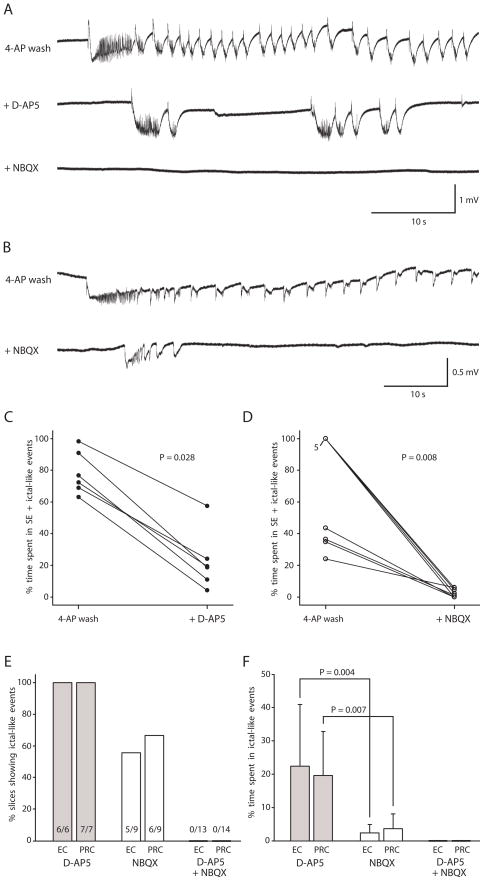Fig. 5. Expression of persistent ictal-like activity after 4-AP washout was dependent upon ionotropic glutamatergic synaptic transmission.
A: Persistent, ictal-like epileptiform activity after 4-AP washout (top, full ictal-like event lasted 185 s) was reduced but still present after application of the NMDA receptor antagonist D-AP5 (middle), but all epileptiform activity was blocked after subsequent application of the AMPA/kainate antagonist NBQX (bottom). Data in A recorded in perirhinal cortex (PRC) in the same slice at 56 min of 4-AP washout (top), at 58 min of D-AP5 exposure (middle), and at 17 min of NBQX exposure (bottom). B: Persistent, ictal-like epileptiform activity after 4-AP washout (top, full ictal-like event lasted 168 s) was reduced but still present after application of the AMPA/kainate antagonist NBQX (bottom) in this slice. Data in B recorded in PRC in the same slice at 58 min of 4-AP washout (top) and at 37 min of NBQX exposure (bottom). C: Percent time spent in SE + ictal-like events in entorhinal cortex (EC) in each slice fell with addition of D-AP5 (n=6; measured for the last 10 min of 4-AP wash before the D-AP5 application and for the 10 minutes between 20 and 30 minutes of D-AP5 application). D: Percent time spent in SE + ictal-like events in EC in each slice fell with addition of NBQX (n=9; measured for the last 10 min of 4-AP wash before the NBQX application and for the 10 minutes between 20 and 30 minutes of NBQX application). E: Bar graph illustrating % of slices still showing ictal-like activity after D-AP5, after NBQX, and after both D-AP5 and NBQX in EC and PRC. F: Bar graph illustrating % time spent in ictal-like events after D-AP5, after NBQX, and after both D-AP5 and NBQX. (There was no SE-like activity.) Percent time spent in ictal-like events was significantly lower in the presence of only NBQX than in the presence of only D-AP5. Protocol was 4-AP, then 4-AP washout, then application of ionotropic glutamate antagonist, then sometimes application of second ionotropic glutamate antagonist. Slice bathed in 0.6 mM Mg2+/1.2 mM Ca2+ solution throughout protocol.

